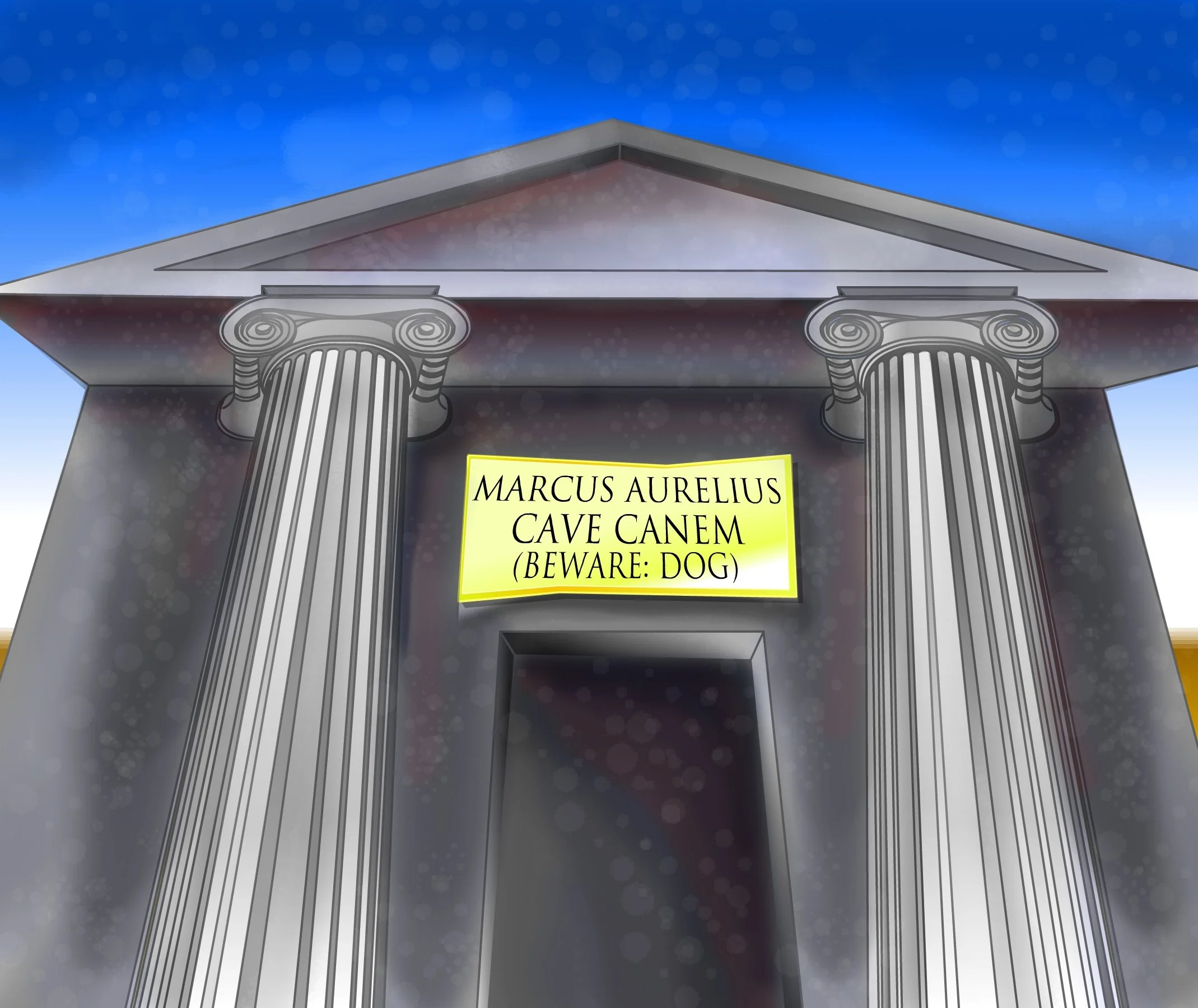
animation and motion design
Animation and motion design
being a part of mostly small studios, including his own, Pomeroy has had the unique opportunity to work on almost all aspects of animation. From concept to process, and from production to release. Here are examples from the production side of the craft. And the finished products.




